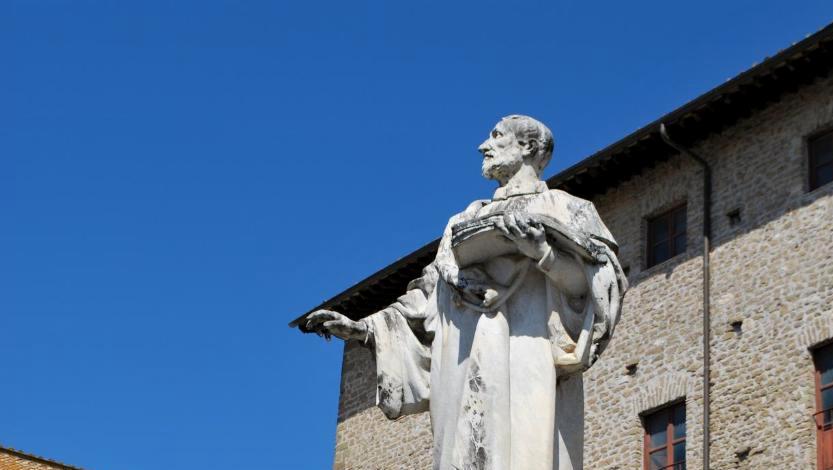The motet Cantantibus organis by Giovanni P. da Palestrina
The motet Cantantibus organis by Giovanni P. da Palestrina ❧ So much has been written about Giovanni Pierluigi da Palestrina’s compositions that it would be fruitless to follow the same approach to his music as many accomplished scholars have done so. So, in this text I’ll offer a personal perspective to a motet that has eluded me for some time. …
The motet Cantantibus organis by Giovanni P. da Palestrina ❧ read more »



